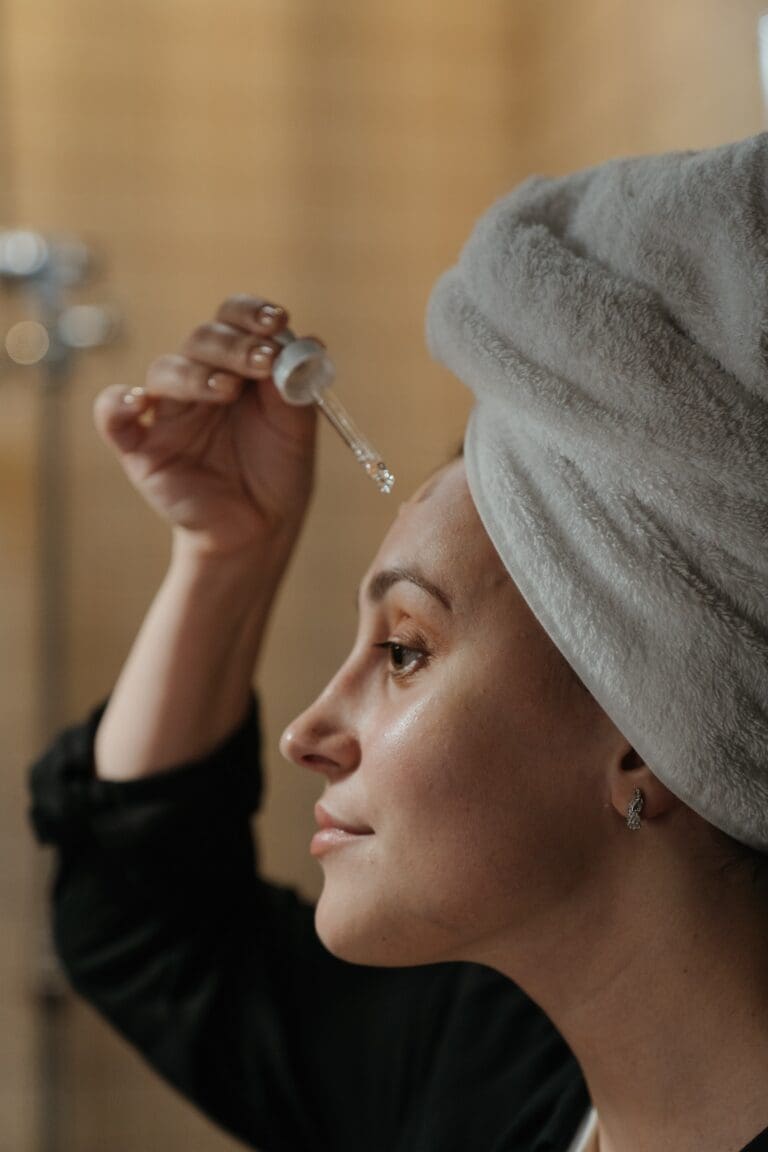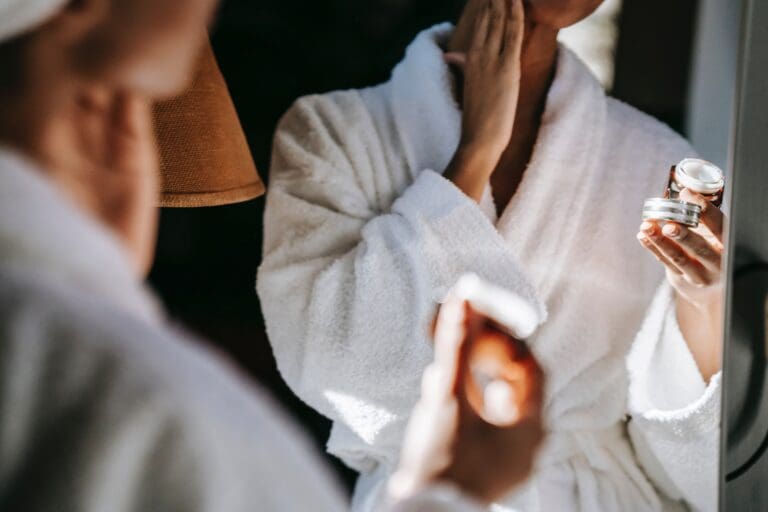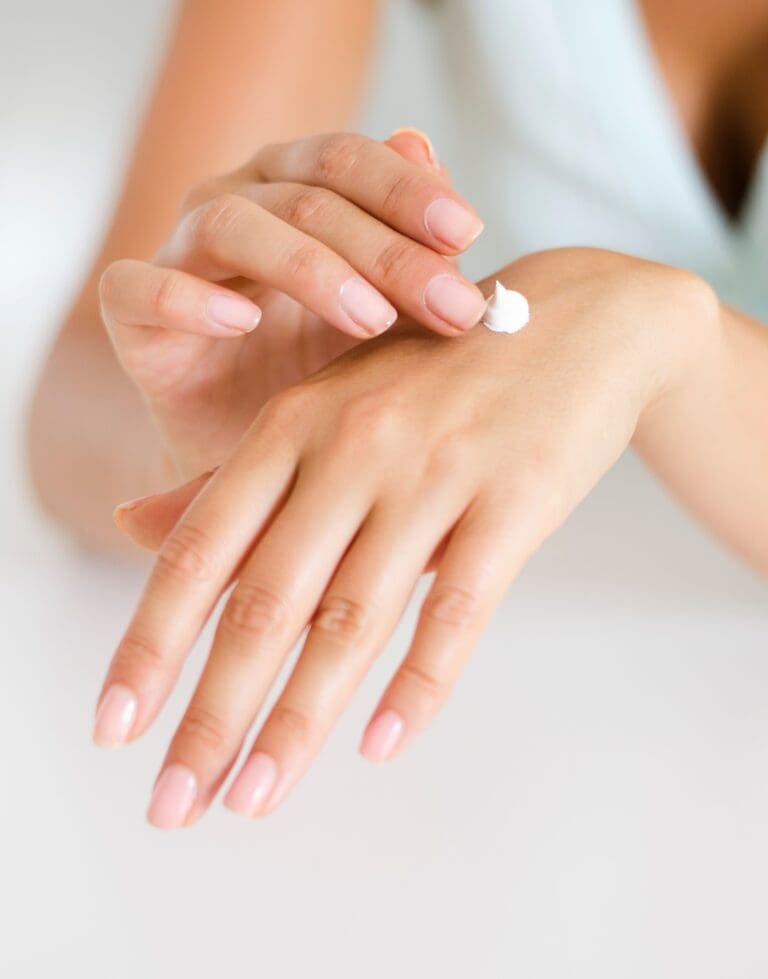Reverse and Repair Summer Sun Skin Damage: Tips and Tricks
If you’ve spent a lot of time in the sun over the summer months, you may have noticed some changes to your skin. Sun damage can cause a variety of issues, including dark spots, fine lines, and wrinkles. Fortunately, there are steps you can take to reverse and repair the damage and restore your skin to its former glory.
One of the first things you can do to reverse sun damage is to protect your skin from further harm. This means wearing sunscreen every day, even when it’s cloudy outside, and avoiding prolonged exposure to the sun during peak hours. You can also wear protective clothing, such as hats and long-sleeved shirts, to shield your skin from the sun’s harmful rays.
In addition to prevention, there are several treatments that can help reverse sun damage and restore your skin’s health. These include laser treatments, chemical peels, and topical creams that contain ingredients like retinol and vitamin C. By taking steps to protect and repair your skin, you can enjoy a healthy, youthful complexion all year round.

Understanding Sun Damage
Spending time outdoors in the sun is a great way to enjoy the summer months, but it can also be harmful to your skin. Sun damage is caused by exposure to ultraviolet (UV) rays, which can penetrate the skin and damage skin cells and DNA. Over time, this damage can lead to premature aging and other skin problems.
UV rays are divided into two types: UVA and UVB. UVA rays are responsible for photoaging, which is the premature aging of the skin caused by sun exposure. UVB rays are responsible for sunburns and can also contribute to skin cancer.
When UV rays penetrate the skin, they can cause damage to skin cells and DNA. This damage can lead to the development of wrinkles, fine lines, and age spots. It can also increase the risk of skin cancer.
To protect your skin from sun damage, it’s important to use sunscreen with a high SPF, wear protective clothing, and avoid spending too much time in the sun during peak hours. You should also be aware of the signs of sun damage, such as changes in skin texture, the appearance of age spots, and the development of fine lines and wrinkles.
If you do experience sun damage, there are steps you can take to reverse and repair it. Some of the most effective treatments for sun damage include using products with antioxidants like vitamin C, retinoids, azelaic acid, tranexamic acid, and hydroquinone. These ingredients can help to reduce tyrosinase activity, which prevents melanin formation and can reduce the appearance of age spots and other signs of sun damage.


Causes of Skin Damage in Summer
Summer is the season for fun in the sun, but it’s also the season for skin damage. Sun exposure, tanning, and triggers can all cause damage to your skin. Here are some of the primary causes of skin damage in summer.
UV Exposure
UV radiation from the sun is the leading cause of skin damage in summer. UV radiation can cause sunburn, premature aging, and skin cancer. It’s important to protect your skin from the sun’s harmful rays by wearing protective clothing, using sunscreen, and avoiding prolonged exposure to the sun.
Tanning
Many people love the look of a tan, but tanning can be extremely damaging to your skin. Tanning beds and prolonged exposure to the sun can cause skin damage, premature aging, and increase your risk of skin cancer. It’s important to protect your skin from tanning by avoiding tanning beds and using sunscreen when you’re outside.
Triggers
Certain triggers can also cause skin damage in summer. These triggers can include things like chlorine in pools, saltwater, and even certain medications. Chlorine can dry out your skin and make it more susceptible to damage from the sun. Saltwater can also dry out your skin and cause irritation. It’s important to be aware of these triggers and take steps to protect your skin when you’re exposed to them.


Identifying Skin Damage
Spending time in the sun can be enjoyable, but it can also lead to skin damage. Here are some common signs of sun damage to look out for:
Dark Spots and Brown Spots
Dark spots, also known as hyperpigmentation, are areas of the skin that are darker than the surrounding skin. Brown spots are a specific type of dark spot that is caused by an increase in melanin production. Both types of spots can be caused by sun damage. They are most commonly found on the face, hands, and chest.
Wrinkles and Fine Lines
Sun damage can also cause wrinkles and fine lines to appear on the skin. These signs of aging are caused by a breakdown of collagen and elastin in the skin. Collagen and elastin are proteins that keep the skin firm and elastic. Sun damage can cause them to break down more quickly, leading to wrinkles and fine lines.
Uneven Skin Tone and Texture
Sun damage can also cause uneven skin tone and texture. This can manifest as rough, dry patches of skin or areas of the skin that are darker or lighter than the surrounding skin. Uneven skin tone and texture can make the skin look dull and aged.
Redness and Dry Skin
Sun damage can also cause redness and dryness in the skin. This can be caused by inflammation and irritation from UV exposure. Redness and dryness can make the skin look and feel uncomfortable.
If you notice any of these signs of sun damage, it may be time to take action to repair and reverse the damage.
Preventing Further Skin Damage
To prevent further skin damage, you need to take steps to protect your skin from the sun’s harmful UV rays. Here are a few things you can do to protect your skin:
Sunscreen Use
One of the easiest and most effective ways to protect your skin from the sun is to use sunscreen. When choosing a sunscreen, look for one that is labeled “broad-spectrum” and has an SPF of at least 30. Apply sunscreen generously to all exposed skin, including your face, neck, and ears. Be sure to reapply sunscreen every two hours, or more often if you are swimming or sweating.
Clothing and Hats
Wearing protective clothing, such as long-sleeved shirts and pants, can help shield your skin from the sun. Look for clothing made from tightly woven fabrics that provide good coverage. Additionally, wearing a wide-brimmed hat can help protect your face, neck, and ears from the sun’s rays.
Avoiding Peak Sun Hours
The sun’s rays are strongest between 10 a.m. and 4 p.m. If possible, try to avoid being outside during these peak sun hours. If you must be outside, seek shade under a tree, umbrella, or other shelter.

Reversing and Repairing Skin Damage
If you’ve spent a little too much time in the sun this summer and are now dealing with the consequences of sun damage, don’t worry. There are several ways to reverse and repair the damage caused by UV rays. Here are some options to consider:
Over-the-Counter Treatments
Over-the-counter treatments can be an effective way to reverse sun damage. Look for products that contain antioxidants, such as vitamin C, which can help to brighten and even out skin tone. Collagen-boosting ingredients like retinoids and peptides can also be helpful in repairing damaged skin. Niacinamide is another ingredient to look for, as it can help to reduce inflammation and improve the overall appearance of your skin.
Chemical peels are another option to consider. They work by removing the outermost layer of skin, which can help to reduce the appearance of dark spots and other signs of sun damage. AHAs like glycolic acid and BHAs like salicylic acid can be effective in chemical peels as they work to exfoliate and unclog pores.
In-Office Treatments
If you’re looking for a more intensive treatment, in-office options may be the way to go. Chemical peels can also be done in a dermatologist’s office, and they can be customized to your specific skin type and concerns.
Laser treatments are another option to consider. They work by targeting and breaking up pigmented cells, which can help to reduce the appearance of dark spots and other signs of sun damage. IPL (intense pulsed light) therapy is one type of laser treatment that can be effective in treating sun damage.
Home Remedies
If you prefer to take a more natural approach, there are several home remedies that can help to repair sun-damaged skin. Look for products that contain ingredients like azelaic acid, which can help to reduce inflammation and improve skin texture. Mandelic acid is another ingredient to consider, as it can help to exfoliate and brighten your skin.
In addition to using topical treatments, make sure you’re also taking care of your skin from the inside out. Eating a diet rich in antioxidants can help to protect your skin from further damage, while staying hydrated can help to keep your skin looking healthy and glowing.
Importance of Regular Skin Checks
Protecting your skin from sun damage is essential, but it’s also important to monitor your skin for any changes regularly. Skin cancer is the most common type of cancer in the United States, and early detection is crucial for successful treatment.
Regular skin checks can help you detect any changes in your skin and identify potential skin cancer early. Dermatologists recommend that you perform a self-exam once a month and see a dermatologist for a professional skin cancer screening at least once a year.
During a skin cancer screening, a dermatologist will examine your skin from head to toe, looking for any unusual moles, growths, or other abnormalities. They may also use a dermatoscope, a handheld device that allows them to see beneath the surface of the skin, to get a closer look at any suspicious areas.
If your dermatologist finds any suspicious areas, they may recommend a biopsy to determine if it is cancerous. Early detection is key to successful treatment, so don’t delay scheduling your appointment if you notice any changes in your skin.
In addition to regular skin checks, it’s important to protect your skin from sun damage. Remember to wear protective clothing, such as long-sleeved shirts and hats, and use a broad-spectrum sunscreen with an SPF of 30 or higher. Avoid tanning beds and seek shade during peak sun hours.
By taking steps to protect your skin and monitoring it for changes regularly, you can reduce your risk of skin cancer and ensure early detection if it does occur. So, make sure you schedule your next skin cancer screening and perform monthly self-exams to keep your skin healthy and cancer-free.








